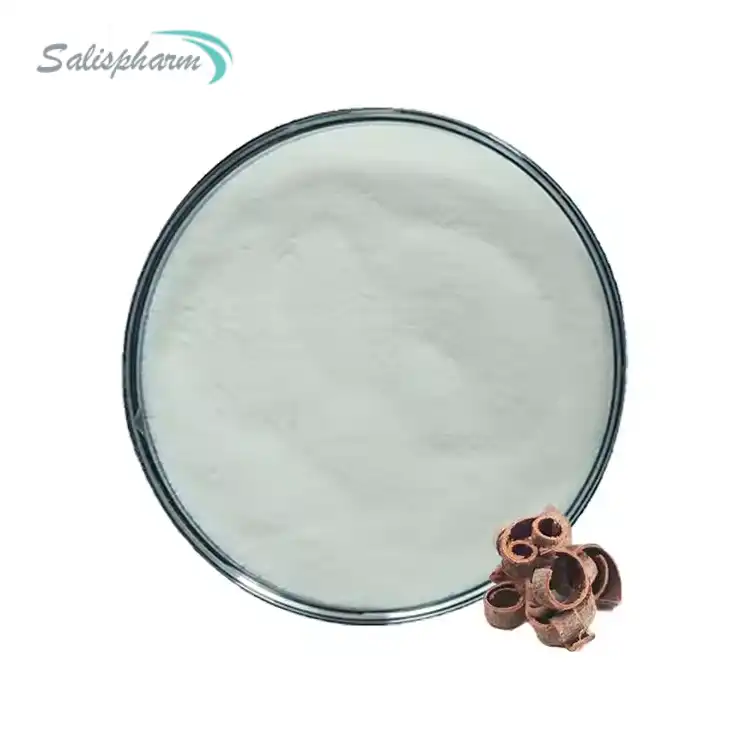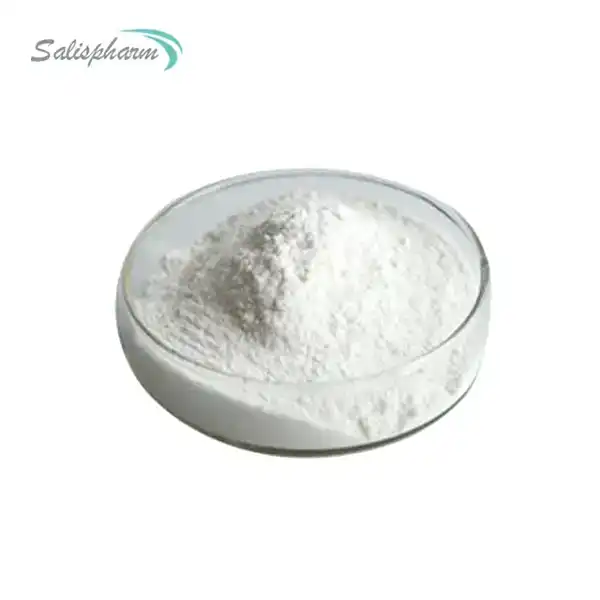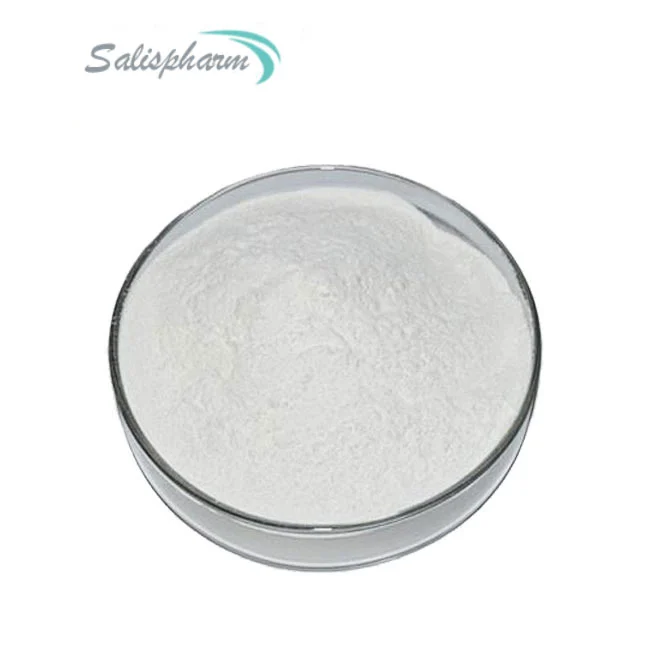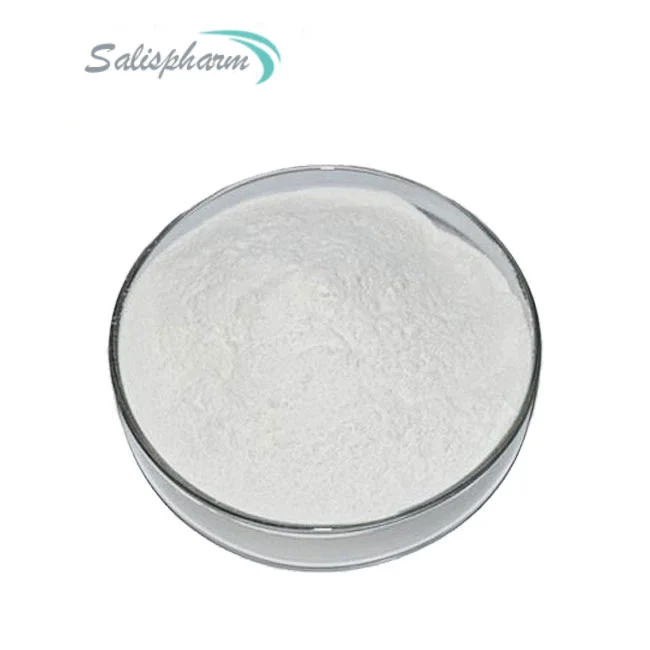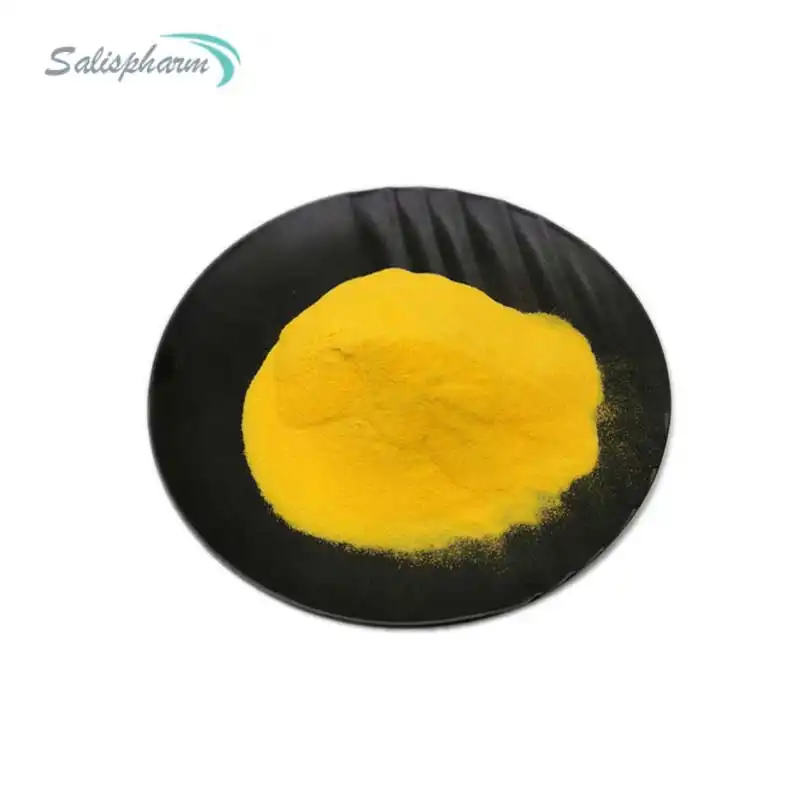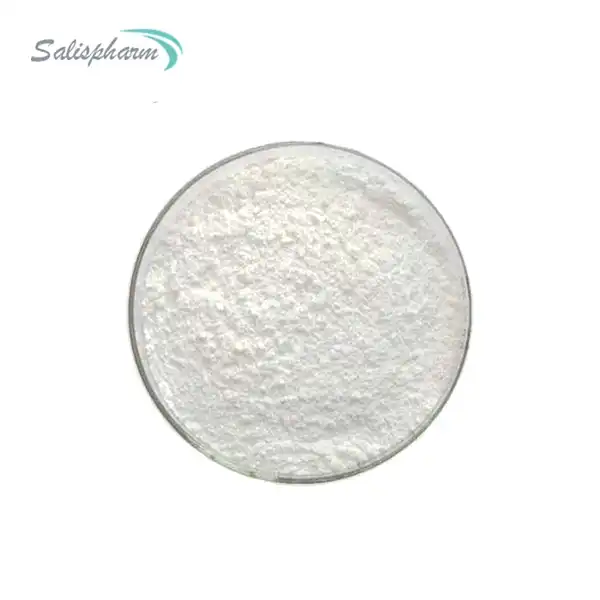Metronidazole powder is a potent antibiotic with a wide range of applications. It is known for its effectiveness against anaerobic bacteria and certain parasites, making it a valuable asset in treating various infections. When it comes to wound care, metronidazole can be applied topically in the form of a powder or ointment to help prevent or treat infections, particularly those caused by anaerobic bacteria. However, it is crucial to follow medical advice and not self-medicate.
The use of metronidazole in wound care has gained significant attention in recent years due to its unique properties and effectiveness. While it is primarily known as an oral or intravenous antibiotic, its topical application has shown promising results in managing certain types of wounds, especially those prone to anaerobic bacterial colonization.
Metronidazole's ability to penetrate deep into the tissue makes it particularly useful for treating wounds that are difficult to reach with other topical antibiotics. This property allows it to target and eliminate bacteria that may be residing in the deeper layers of the wound, promoting more effective healing.
It's important to note that while metronidazole powder can be applied to wounds, this should only be done under the guidance of a healthcare professional. The type of wound, its severity, and the patient's overall health condition are all factors that need to be considered before deciding on this treatment option.
How Does Metronidazole Powder Work?
The mechanism of action of metronidazole involves the production of reactive intermediates that interact with the DNA of target organisms, disrupting their genetic material and inhibiting essential cellular processes. This interference ultimately leads to the death of the anaerobic bacteria or protozoan parasites, effectively eliminating the infection. Its unique ability to target anaerobic organisms without harming aerobic bacteria and human cells, which have access to oxygen, makes it a selective and potent therapeutic agent.
To delve deeper into the mechanism, metronidazole is a prodrug, meaning it's not active in its original form. Once it enters an anaerobic environment, such as the interior of anaerobic bacteria or certain parasites, it undergoes a transformation. The drug is reduced by the organism's electron transport proteins, forming reactive nitrogen radicals. These radicals are highly toxic to the anaerobic cells, causing damage to their DNA, proteins, and cell membranes.
The selectivity of metronidazole for anaerobic organisms is due to their unique metabolic pathways. Anaerobic bacteria and some parasites possess specific enzymes capable of reducing metronidazole into its active form. In contrast, aerobic organisms, including human cells, lack these enzymes, which is why metronidazole doesn't typically affect them.
When applied topically to wounds, metronidazole powder can penetrate the wound bed and surrounding tissues. In areas where oxygen levels are low, such as in deep or poorly vascularized wounds, the drug becomes activated and starts its antimicrobial action. This targeted approach allows for effective treatment of anaerobic infections in wounds while minimizing systemic side effects.
Furthermore, recent studies have suggested that metronidazole may have additional beneficial effects in wound healing beyond its antimicrobial properties. Some research indicates that it may help reduce wound odor, decrease wound exudate, and potentially promote faster wound closure. These effects are thought to be related to its ability to modulate the inflammatory response and influence certain aspects of the wound healing process.
What Are the Benefits of Using Metronidazole Powder for Wound Care?
The benefits of using metronidazole powder for wound care include its broad-spectrum activity against anaerobic bacteria, which are common culprits in wound infections. It can help to prevent infection, promote healing, and manage existing infections. Additionally, metronidazole powder can be formulated into various dosage forms, including gels and ointments, for targeted application in wound care.
One of the primary advantages of using metronidazole powder in wound care is its effectiveness against a wide range of anaerobic bacteria. These organisms are often found in deep or chronic wounds, where oxygen levels are low. By targeting these bacteria, metronidazole can help prevent the progression of infection and support the natural healing process.
The application of metronidazole powder to wounds can also help in reducing malodor, which is a common problem in certain types of wounds, particularly those infected with anaerobic bacteria. This odor reduction can significantly improve patient comfort and quality of life, especially for those with chronic or slow-healing wounds.
Another benefit is the ability of metronidazole to penetrate deep into the tissue. This property allows it to reach areas of the wound that may be inaccessible to other topical treatments, ensuring a more thorough antimicrobial effect. This deep penetration is particularly useful in treating complex or tunneling wounds.
Metronidazole powder has also been shown to have anti-inflammatory properties. While the exact mechanism is not fully understood, this anti-inflammatory effect may contribute to reduced wound exudate and faster healing times. By modulating the inflammatory response, metronidazole may help create a more favorable environment for wound healing.
The versatility of metronidazole in terms of formulation is another significant advantage. It can be incorporated into various topical preparations, including powders, gels, creams, and ointments. This flexibility allows healthcare providers to choose the most appropriate form for each specific wound type and location.
Some studies have suggested that metronidazole may have a positive effect on wound contraction and epithelialization, potentially speeding up the overall healing process. While more research is needed to fully understand these effects, the potential for accelerated healing is a promising aspect of metronidazole use in wound care.
Lastly, the use of topical metronidazole can help reduce the need for systemic antibiotics in some cases. This is particularly beneficial in an era of increasing antibiotic resistance, as it allows for targeted treatment of the wound without exposing the entire body to antibiotics.
What Are the Precautions and Side Effects of Using Metronidazole Powder?
While metronidazole is generally well-tolerated, it is essential to be aware of potential side effects and contraindications associated with its use. Common side effects may include gastrointestinal disturbances, a metallic taste, and neurological side effects such as headache and dizziness. In rare cases, more severe neurological symptoms, such as seizures or peripheral neuropathy, have been reported. It is crucial to consult with a healthcare professional before starting metronidazole powder treatment and to follow the prescribed dosage and duration carefully.
When using metronidazole powder topically for wound care, the risk of systemic side effects is generally lower compared to oral or intravenous administration. However, it's important to note that some absorption through the skin can occur, especially when applied to large wound areas or used for extended periods.
One of the main precautions when using metronidazole powder on wounds is to ensure that it's appropriate for the specific type of wound. For instance, it may not be suitable for all types of wounds, particularly those that are primarily infected with aerobic bacteria. A thorough wound assessment by a healthcare professional is necessary before initiating treatment.
Patients with a known hypersensitivity to metronidazole or other nitroimidazole derivatives should avoid using this treatment. It's also important to inform the healthcare provider of any other medications being taken, as metronidazole can interact with certain drugs, including alcohol and blood thinners like warfarin.
In some cases, prolonged use of topical metronidazole may lead to skin irritation or contact dermatitis. Patients should be advised to report any unusual skin reactions or increased discomfort at the wound site to their healthcare provider.
For patients with impaired liver function, caution is advised when using metronidazole, even topically. The liver plays a crucial role in metabolizing the drug, and in cases of liver dysfunction, there may be an increased risk of side effects due to slower drug clearance.
Pregnant women should use metronidazole powder only when clearly needed and under close medical supervision. While topical application generally poses a lower risk than systemic administration, the potential risks to the fetus should be carefully weighed against the benefits.
It's worth noting that metronidazole can cause a disulfiram-like reaction when combined with alcohol. While this is more common with oral metronidazole, patients using topical formulations should still be advised to avoid alcohol consumption during treatment.
Healthcare providers should also be aware of the potential for bacterial resistance to develop with prolonged or repeated use of metronidazole. To minimize this risk, it's important to use the treatment only when necessary and for the shortest duration possible to achieve the desired therapeutic effect.
Conclusion
Metronidazole powder is a valuable therapeutic agent in the treatment of anaerobic bacterial and protozoal infections. Its versatility in treating a wide range of conditions, from sexually transmitted diseases to gastrointestinal infections, has solidified its position as a crucial component of modern medical practice. However, it is essential to exercise caution and follow professional medical guidance to ensure safe and effective use.
In the context of wound care, metronidazole powder offers a unique and effective option for managing infections caused by anaerobic bacteria. Its ability to penetrate deep into tissues, combined with its selective toxicity against anaerobic organisms, makes it a powerful tool in the wound care arsenal. The potential benefits of odor reduction, decreased exudate, and faster healing times further enhance its value in clinical practice.
However, like all medical treatments, the use of metronidazole powder in wound care must be approached with careful consideration. The decision to use this treatment should be based on a thorough assessment of the wound, the patient's overall health status, and the specific microbial environment of the wound. Healthcare providers must weigh the potential benefits against the risks of side effects and the development of bacterial resistance.
The evolving understanding of metronidazole's effects on wound healing processes beyond its antimicrobial action opens up exciting possibilities for future research and applications. As our knowledge grows, we may discover new ways to optimize the use of metronidazole in wound care, potentially leading to improved outcomes for patients with difficult-to-treat wounds.
It's important to remember that while metronidazole powder can be a highly effective treatment for certain types of wound infections, it is not a standalone solution. Proper wound care involves a comprehensive approach that includes appropriate cleaning, debridement, moisture management, and addressing any underlying health issues that may be impeding healing.
For more detailed information or to discuss specific requirements, reaching out to a healthcare professional is advised. They can provide tailored guidance and recommendations based on individual needs and the latest medical research. As the field of wound care continues to evolve, staying informed about the latest developments and best practices is crucial for healthcare providers and patients alike.
In conclusion, metronidazole powder represents an important tool in the wound care toolkit. When used appropriately and under professional guidance, it can play a significant role in managing complex wounds and improving patient outcomes. However, its use should always be part of a broader, patient-centered approach to wound management, taking into account all aspects of the patient's health and the specific characteristics of the wound.
If you are also interested in this product and want to know more product details, or want to know about other related products, please feel free to contact iceyqiang@aliyun.com.
References:
1. Lofmark, S., Edlund, C., & Nordlund, P. (2010). Metronidazole: a pillar of anti-infective chemotherapy. Medicinal Chemistry Communications, 1(6), 354-373.
2. Tally, F. P., Goldin, B. R., Sullivan, N., & Johnston, J. (1978). Metronidazole in the treatment of anaerobic infections. Antimicrobial Agents and Chemotherapy, 13(4), 588-593.
3. Lyu, J., Zeng, X., & Li, Y. (2022). Metronidazole: A Review of Its History, Synthesis, and Biological Applications. Molecules, 27(3), 801.
4. Müller, M. (1983). Mode of action of metronidazole on anaerobic bacteria and protozoa. Surgery, 93(1), 165-171.
5. Sisson, G., Jeeva, I., Aruna, R., & Shewade, D. G. (2011). Metronidazole. Profiles of Drug Substances, Excipients and Related Methodology, 36, 413-458.



